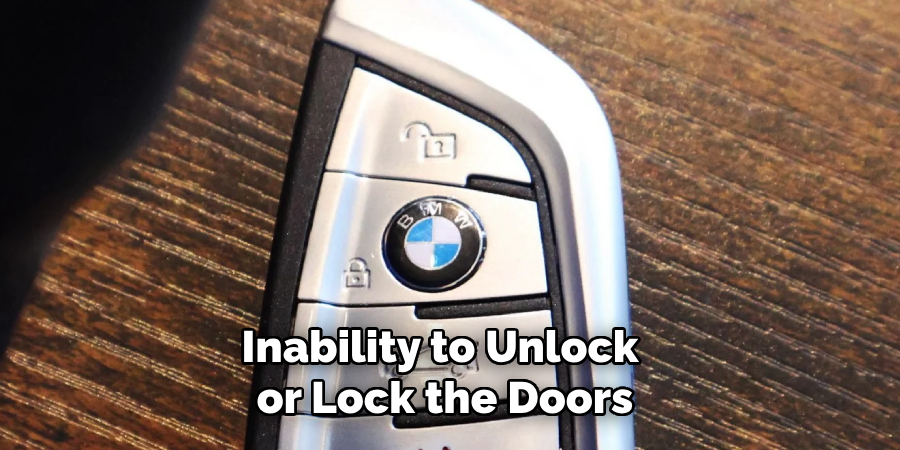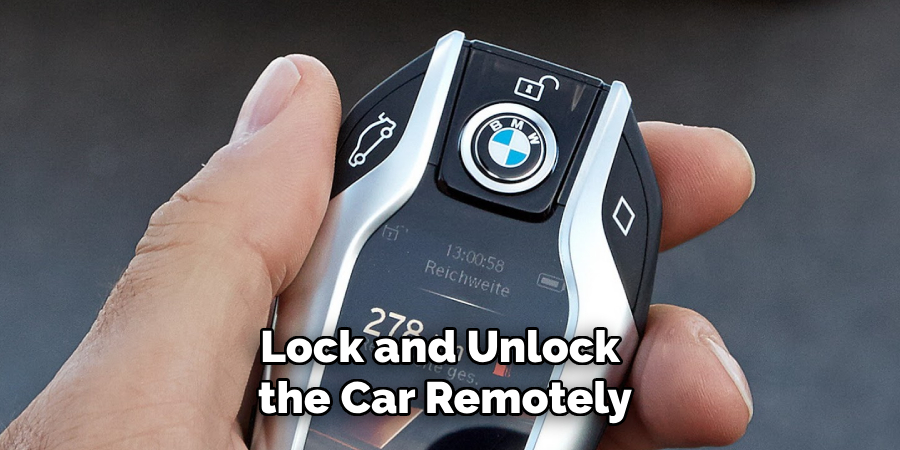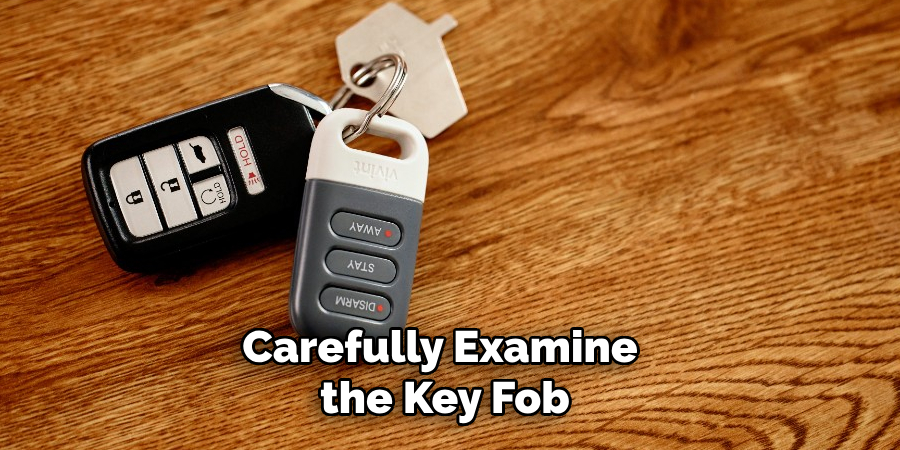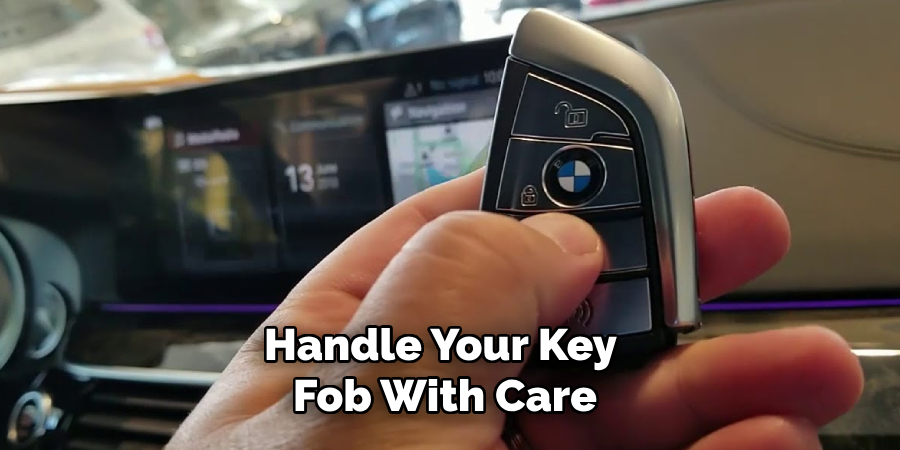The BMW key fob is essential to modern vehicle convenience and security, allowing drivers to easily lock, unlock, and start their cars. This innovative technology enhances functionality and provides peace of mind through advanced security features. However, like any technology, key fobs are not immune to issues. Drivers may encounter problems such as unresponsiveness, delayed signals, or intermittent operation, which can be incredibly frustrating, particularly in urgent situations. These challenges demand quick and efficient solutions to avoid unnecessary stress or inconvenience.

This article aims to guide you through how to troubleshoot a BMW key fob with a clear, step-by-step approach. By identifying potential problems—such as battery issues, reprogramming needs, or physical damage—and offering practical solutions, this resource will empower BMW owners to resolve common key fob problems confidently and efficiently, ensuring their vehicles remain functional and secure.
Understanding BMW Key Fob Basics
Types of BMW Key Fobs
BMW key fobs come in several types, each offering unique features to meet drivers’ needs. The standard key fob is a simple yet reliable option for locking, unlocking, and starting the car with traditional remote functions. The comfort access key fob goes a step further, enabling users to unlock and start their vehicle without pressing a button as long as the fob is closed. The display key fob is the most advanced option, featuring a touchscreen that provides real-time information about the car, such as fuel levels or whether the doors are locked. Understanding the differences among these key fobs is essential when diagnosing issues, as each model operates slightly differently.
How the Key Fob Communicates with the Car
BMW key fobs rely on a combination of components to communicate with the vehicle seamlessly. The key fob’s battery powers its internal system, allowing it to send radio frequency signals to the car. These signals are detected by the car’s receiver, which processes the commands to unlock doors, start the engine, or perform other functions. If any part of this system fails, such as a drained fob battery or radio signal interference, the key fob may stop functioning properly.
Common Symptoms of Key Fob Issues

Several symptoms may indicate a problem with your BMW key fob. These include the inability to unlock or lock the doors, failure to start the car, or a significantly reduced range of operation. Other signs may involve delayed responses or pressing buttons multiple times for the fob to work. Recognizing these symptoms early on can help you troubleshoot effectively and minimize disruptions.
How to Troubleshoot a BMW Key Fob: Checking the Key Fob Battery
Identifying Battery Problems
A low or dead battery is one of the most common reasons for key fob issues. Symptoms of a battery nearing its end include a noticeable decrease in operating range, unresponsiveness when trying to lock or unlock the car, or the complete inability to perform any functions. You may also need to press buttons multiple times to get a response. Identifying these symptoms early can help prevent further inconvenience.
Replacing the Battery
Replacing the battery in a BMW key fob is a straightforward process. Follow these steps to complete the task:
- Open the Key Fob: Locate the release button or groove on the fob’s casing to separate the key blade or the housing. Carefully pry the two halves open using a small, flat tool.
- Identify the Battery Type: The battery type is usually labeled within the battery compartment. Most BMW key fobs require a CR2032 coin cell battery, but it’s crucial to confirm this before proceeding.
- Remove the Old Battery: Gently lift the old battery out of its slot, ensuring you do not damage the internal circuitry or connections.
- Insert the New Battery: Place the new battery into the compartment with the correct polarity orientation (positive side facing up).
- Close the Key Fob: Snap the two halves of the fob back together until they are securely fastened.
Testing After Replacement
Once the new battery is in place, test the key fob by attempting to lock and unlock the car remotely. Ensure all functions, such as opening the trunk or proximity start, work as expected. The issue was likely resolved with the new battery if everything operates smoothly.

When Replacement Doesn’t Solve the Problem
If replacing the battery doesn’t fix the issue, the problem might lie deeper within the key fob. Possible causes include internal damage, worn-out components, or fob programming errors. If these issues persist, consulting a professional or visiting your local BMW service center is recommended to diagnose and resolve the problem.
Reprogramming the Key Fob
When to Reprogram
Reprogramming a key fob may be necessary to restore its functionality in several scenarios. One common situation arises after a battery replacement, especially if the fob becomes desynchronized with the vehicle. This can sometimes occur because the vehicle’s security system and the fob lose their connection during the change. Additionally, if the key fob stops working despite having a functional battery, reprogramming could resolve issues caused by minor software glitches or accidental interference.
Reprogramming Steps
Follow these steps to reprogram your BMW key fob safely at home:
- Insert the Key into the Ignition: If your vehicle uses an ignition slot, insert the key fob into it.
- Turn to Position 1: Turn the key to the first position (Position 1), where the electrical systems activate but the engine does not start. Hold it there for a few seconds, then turn it back to the off position. Remove the key if necessary.
- Press the Buttons for Reprogramming: Hold down the unlock button on the key fob. While holding it, press the lock button three times in quick succession.
- Release the Buttons: Release the unlock button and check to see if the key fob functions correctly. Test remote locking, unlocking, and other features to confirm.
Professional Assistance
If these steps do not resolve the issue, it is best to seek help from a professional. Visit a BMW dealership or a certified locksmith with expertise in key fob programming. They have the necessary tools and technology to reconfigure the fob or accurately diagnose deeper issues.
Inspecting for Physical Damage
Signs of External Damage

Carefully examine the key fob for any visible signs of wear and tear that might impact its functionality. Look for cracks in the casing, broken or unresponsive buttons, or evidence of water damage. Moisture infiltration or significant physical defects could prevent the key fob from working properly and may require immediate attention.
Inspecting Internal Components
If there are no obvious external issues, consider opening the key fob to check its internal components. Use a small screwdriver or similar tool to carefully pry it open without damaging the casing. Once inside, inspect for loose connections, corroded battery terminals, or damaged circuitry. Be cautious when handling the internal components, as they are delicate and can be easily harmed.
Repair or Replace?
The decision to repair or replace the key fob depends on the extent of the damage. Minor issues like loose connections or dirty terminals can often be repaired with simple fixes, such as soldering or cleaning. However, if the internal circuitry is extensively damaged or the cost of repairs is too high, replacing the key fob may be the more cost-effective and reliable solution. Always weigh repair costs against the price of a new fob to make the best choice.
Troubleshooting Car-Related Issues
Receiver Problems
Key fob malfunctions can sometimes be caused by issues with the car’s keyless entry system rather than the fob itself. If the receiver inside the car is damaged or obstructed, it may fail to pick up signals from the key fob, leading to unresponsiveness. External interference, such as devices emitting strong signals nearby, can also disrupt the connection between the key fob and the vehicle’s receiver. Ensuring the car is in a signal-friendly environment and inspecting the receiver can help pinpoint the source of the issue.
Check the Fuse
A blown fuse related to the keyless entry system may also prevent the key fob from functioning correctly. Locate the car’s fuse box, typically found under the dashboard or in the engine compartment, and refer to the owner’s manual to identify the specific fuse associated with the keyless entry system. Carefully remove the fuse and inspect it for signs of damage, such as a broken filament or discoloration. If necessary, replace the fuse with one of the same amperage and test the system again.
Battery or Electrical Issues in the Car
Sometimes, problems with the car battery or electrical system can mimic key fob malfunctions. A weak or dead car battery can prevent the receiver from functioning properly. Use a multimeter to check the car battery’s voltage, or try jump-starting the vehicle to rule out battery-related issues. Additionally, inspect the vehicle’s electrical wiring for damage that could disrupt the system.
Seeking Dealer Diagnostics

If troubleshooting efforts fail to resolve the issue, it may be time to consult a BMW dealer for advanced diagnostics. BMW dealers have specialized tools and expertise to thoroughly test the keyless entry system and identify underlying problems. This ensures a comprehensive resolution and restores the functionality of your key fob and vehicle.
Using the Physical Key as a Temporary Solution
Accessing the Physical Key
If your BMW key fob malfunctions, you can use the embedded physical key temporarily. To access the physical key, locate the small release button on the side or back of the key fob. Press this button while sliding out the metal key contained within the fob.
Unlocking and Starting the Car
The physical key allows you to manually unlock your car. Insert the key into the driver’s side door lock and turn it to unlock the vehicle. For models equipped with a backup ignition slot near the steering column or under a cover, insert the entire key fob into this slot to start the engine. This bypasses the electronic systems that depend on the fob’s wireless capabilities.
Limitations of Manual Use
While the physical key offers a temporary way to access and start your car, it does not provide remote features such as locking, unlocking, or activating the alarm system from a distance. These limitations may be inconvenient, so addressing the key fob issue as soon as possible is essential.
Preventative Maintenance Tips
Regularly Check the Battery
To avoid unexpected failures, checking your key fob battery regularly is essential. Replace the battery proactively, typically every one to two years, or as recommended in your vehicle’s manual. A weak or depleted battery can compromise the key fob’s functionality, including locking, unlocking, and starting features.
Avoid Physical Damage

Handle your key fob with care to ensure its longevity. Avoid dropping it or exposing it to moisture, extreme temperatures, or other harsh conditions that might damage its internal components. Using a protective case can provide added durability and protection against everyday wear and tear.
Keep Spare Keys Functional
Spare key fobs are lifesavers when unexpected issues arise, but only if they are operational. Routinely test your spare key fobs to confirm they work properly and replace their batteries as needed. Keeping spares in top condition ensures they will serve you reliably in case of emergencies.
Update Firmware if Applicable
For advanced key fobs, some models may require periodic firmware updates. Visit your local BMW service center to check for available updates, as these can enhance your key fob’s performance and address potential compatibility issues with your vehicle. Staying updated ensures your key fob continues to operate efficiently.
Conclusion
Knowing how to troubleshoot a BMW key fob can save time and stress when issues arise. Key steps include replacing the battery, reprogramming the fob, and addressing physical damage or potential vehicle-related problems. Preventative maintenance, such as keeping spare fobs functional, updating firmware, and avoiding environmental damage, ensures your key fob’s reliability. If troubleshooting doesn’t resolve the issue, seek professional assistance from a BMW service center. Rest assured that most key fob problems can be solved with straightforward steps, keeping your vehicle access seamless and stress-free.

